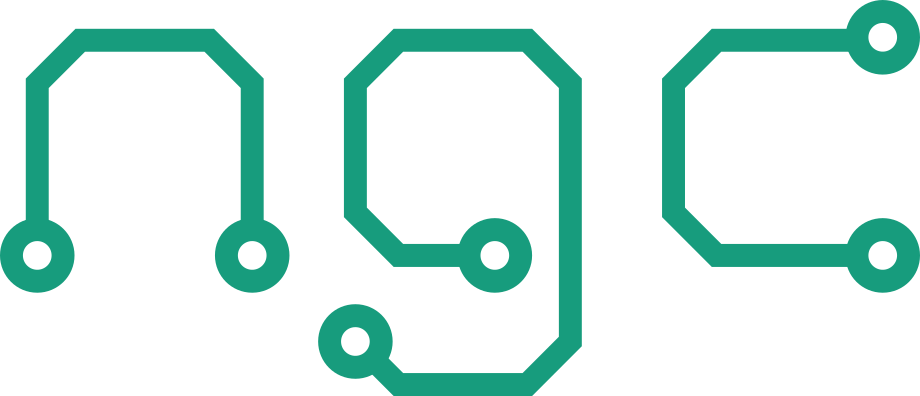Here we discuss approaches which use the electronic spin or a cluster of spins leading to magnetic structures for different computing tasks, which is called spintronics or, in a special case, magnonics.
Physical Background
Besides position and velocity, all electrons have an additional degree of freedom called spin, which has its own direction in three dimensional space and, thus, is typically visualized as an arrow. Considering electronic states in materials or molecules in the absence of magnetic fields, every state can be occupied with two electrons of opposing spin, typically chosen as “up” and “down” spin. Although the spins interact with each other, the low energetic states are completely filled leading to a net total spin of zero, such that the electrons in the highest energetic states determine the net spin of the material. Depending on the spin localized on the materials atoms, different magnetic orders like ferromagnetism or antiferromagnetism can appear. An area of material with a magnetic ordering is then called a magnetic domain. The orientation of the net spin can be controlled by electronic currents or magnetic fields. Spintronics now use the orientation of this spin to save or process information. Besides the electronic spin, also the atomic nuclei possess spin, which becomes relevant especially in the case of quantum computing.
Variables for Spin Devices
- Spin direction (esp. up, down)
- Spin location
- Spin precission
- Collective topological structure
- Collective spin-wave (amplitude, phase, direction)
Spin Transistors / Spin FET / Spin MOSFET
- Spin injector, Spin manipulator, Spin collector, 2 dimensional electron gas connects them
- Rashba effect used to separate spin domains [1]
- Laboratory systems available
Magnetic Domains
- robust, long lifetime
- Manipulation/change in magnetization by magnetic field
- Used for memory
- HDD: mechanical movement of domains; high energy consumption
- racetrack memory [2]: electric field moves domains; fast, low energy consumption
- Domain wall logic [3] for circuit design
Skyrmions
Skyrmions are spin structures which are topologically protected. It consists of a transition from, for example, a spin-up structure to a spin-down structure, which can not be continuously deformed. The resulting large transition energy leads to a relatively long lifetime.
- Quasiparticle
- Topologically protected, relative long lifetime
- Manipulation by electric fields
- Computing approaches at laboratory level:
- Stochastic computing [4]
- Brownian computing [5]
- Reservoir computing [6]
- Low energy consumption
- Micrometer in size
Spin-Waves/Magnonics
In a ferromagnetic material all spins are on average aligned in one direction. A spin-wave now is a collective movement of these spins, which results from the individual spins precessing around the average position. Due to the crystal structure of the material it behaves as a quasi-particle which is called a Magnon. The wave properties allow different, often simpler components in terms of computation. However, as materials with specific magnetic properties and well defined layer thickness have to be arranged, a lot of material research is still required.
- Quasiparticle, stable
- No heat development of device
- Faster, higher frequencies possible (THz range)
- Requires less gates compared to CMOS
- Alternative logic possible (Superposition of waves, see acoustic waves)
- Small size (nm)
Literature
| Title | Author | Year | |
| [1] | Electronic analog of the electro‐optic modulator | Datta, Das | 1990 |
| [2] | Magnetic Domain-Wall Racetrack Memory | Parkin, Hayashi, Thomas | 2008 |
| [3] | Magnetic Domain-Wall Logic | Allwood, Xiong, Faulkner, Atkinson, Petit, Cowburn | 2005 |
| [4] | Skyrmion Gas Manipulation for Probabilistic Computing | Pinna, Araujo, Cros, Querlioz, Bessiere, Droulez, Grollier | 2008 |
| [5] | Circuits and excitations to enable Brownian token-based computing with skyrmions | Brems, Kläui, Virnau | 2021 |
| [6] | Magnetic Skyrmion as a Nonlinear Resistive Element: A Potential Building Block for Reservoir Computing | Prychynenko, Sitte, Litzius, Krüger, Bourianoff, Kläui, Sinova, Everschor-Sitte | 2018 |
